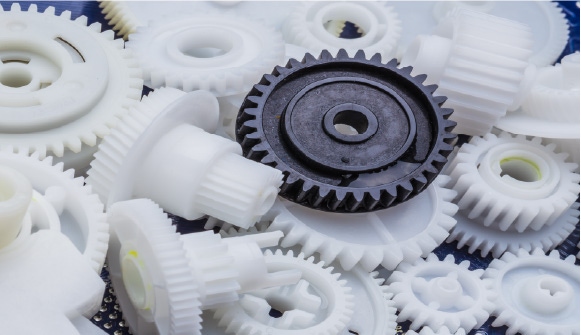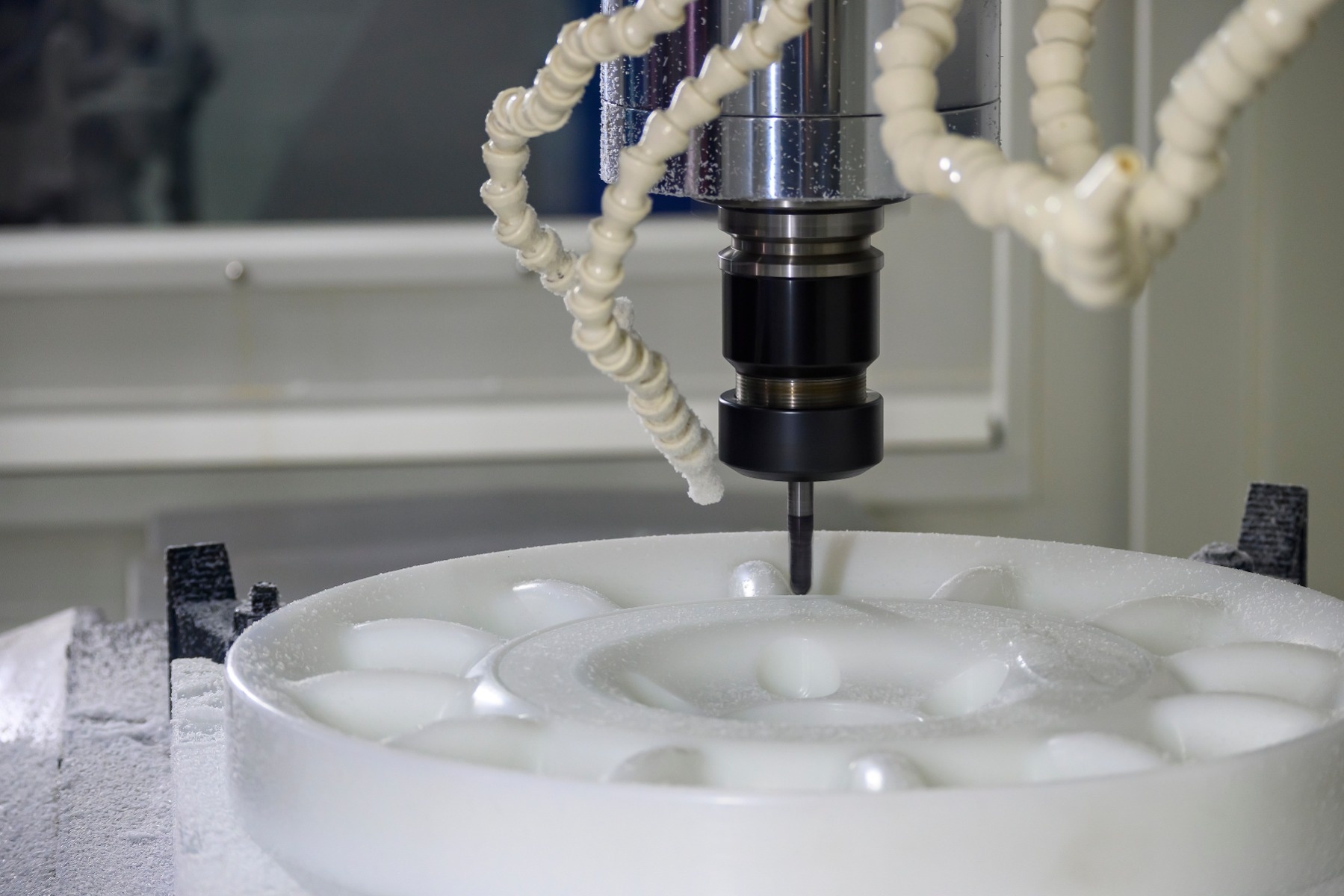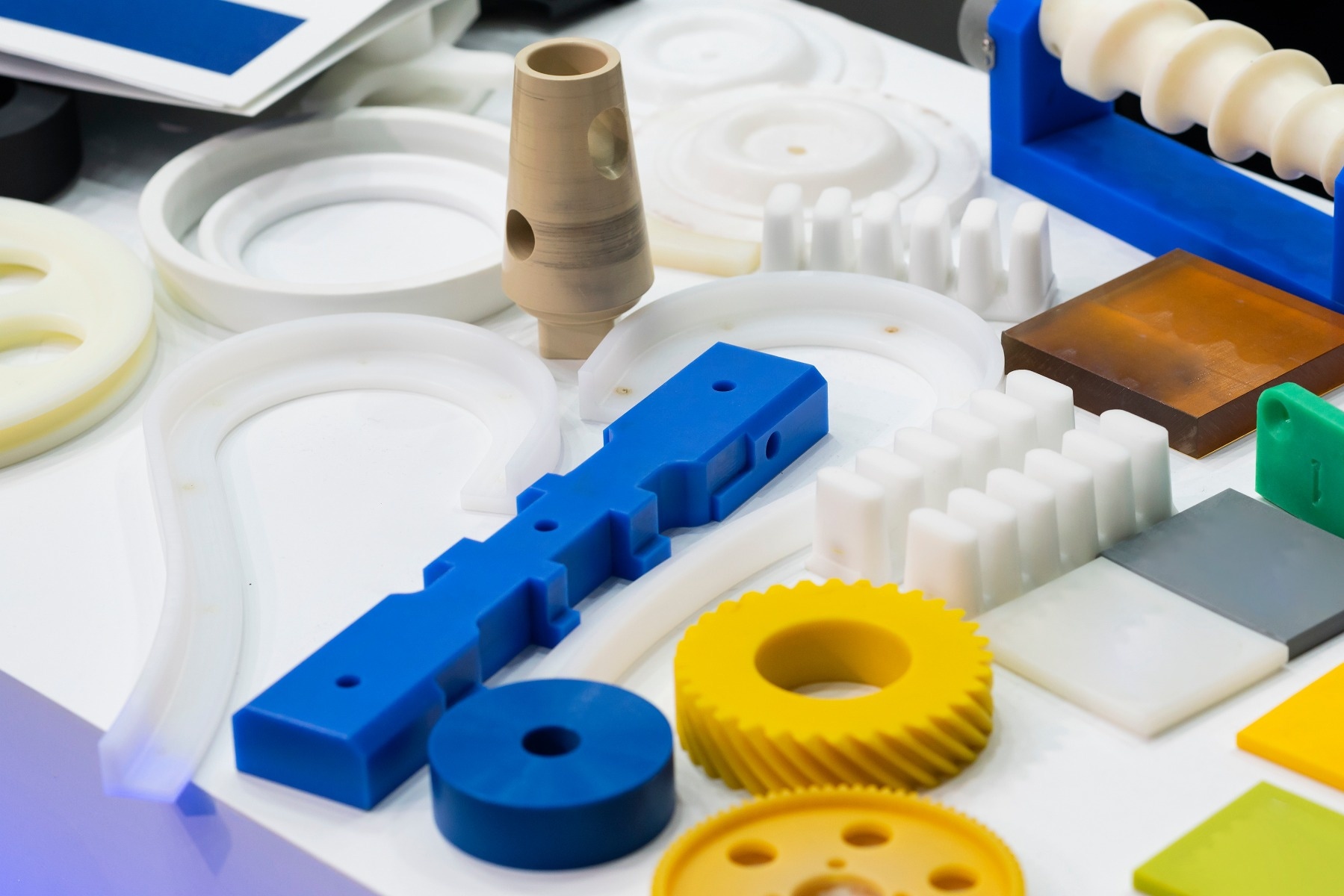5 Common Plastic Machining Methods

What is Plastic Machining?
Plastic machining is a controlled, subtractive method of shaping and forming a product by removing layers of material. Both plastic and metal machining processes employ the use of lathes, mills, cutting machines, drill presses, and grinders to fabricate products; however, the procedures are different due to material properties.
While metal will melt at a set temperature, plastic will expand throughout a range of temperatures. Plastic will have more variables in its machining process as they go through more creep, chipping, melting, and pitting. There are several ways to machine plastic; this will cover a few more popular methods.
1. Drilling
One of the most common machining tools is the drill press. This device creates cylindrical holes and through-holes in plastics. Unfortunately for heat-sensitive materials like plastic, drilling creates more heat than most other processes.
Heat reduction in this process is critical because too much can lead to chipping, rough surfaces, and poor production. A number of variables including cutting speeds, tool material, feed rates, and sharpness of drill bits are considered in order to deter unwanted friction.
2. Milling
The modern era of technology has introduced highly accurate computerized numerical control (CNC) milling machines. A high-speed rotary tool subtracts materials from a stationary workpiece following a set tool path, guided by a digital design file.
CNC milling is broken down into two categories. 3-axis mills move along three linear axes and are best for creating simple designs. Multi-axis mills have added maneuverability for creating plastic parts with complex geometries.

Three axis CNC milling cutting sample resin parts
3. Threading
This is the process of carving threads in plastic holes for the use of fasteners. It is done by using thread chasers, specifically twin-toothed chasers to avoid burring. Plastic is notch-sensitive and will often tear, so a generous machining allowance is taken into account when using tap drills.
4. Turning
A lathe holds a piece in place which is then rotated against a cutting tool in a spinning or turning motion. CNC turning is available in a number of different forms which can accommodate certain results. For example, straight or cylindrical CNC turning can be used to create large cuts, while taper CNC turning creates a distinct cone shape. Cutting edges should have generous relief angles and a negative back rake to minimize any rubbing action.

Spread of precision parts processed through plastic machining
5. Sawing
This is the process of cutting plastic into smaller pieces, typically using a bandsaw, table saw, or other specialized equipment. The main issue with sawing plastic is the high heat that is generated. Variables to consider to account for this include blade speed, blade material, material thickness, and desired surface finish. Thick-walled parts should be sawed with relatively thin blades to avoid excessive frictional heat.
The products of plastic machining are used in many modern industries on a daily basis. Many sectors rely on highly accurate plastic machining to make unique and complex parts. In most situations, these parts need to be extremely high in quality and defect-free in order to operate safely.
Contact Us
Have any questions? Speak to our team directly and a material expert will help you with your order.

